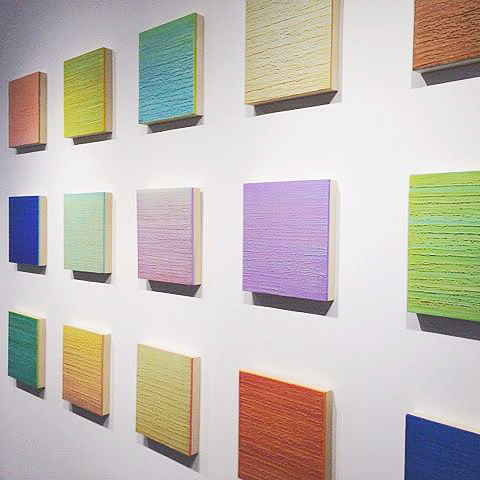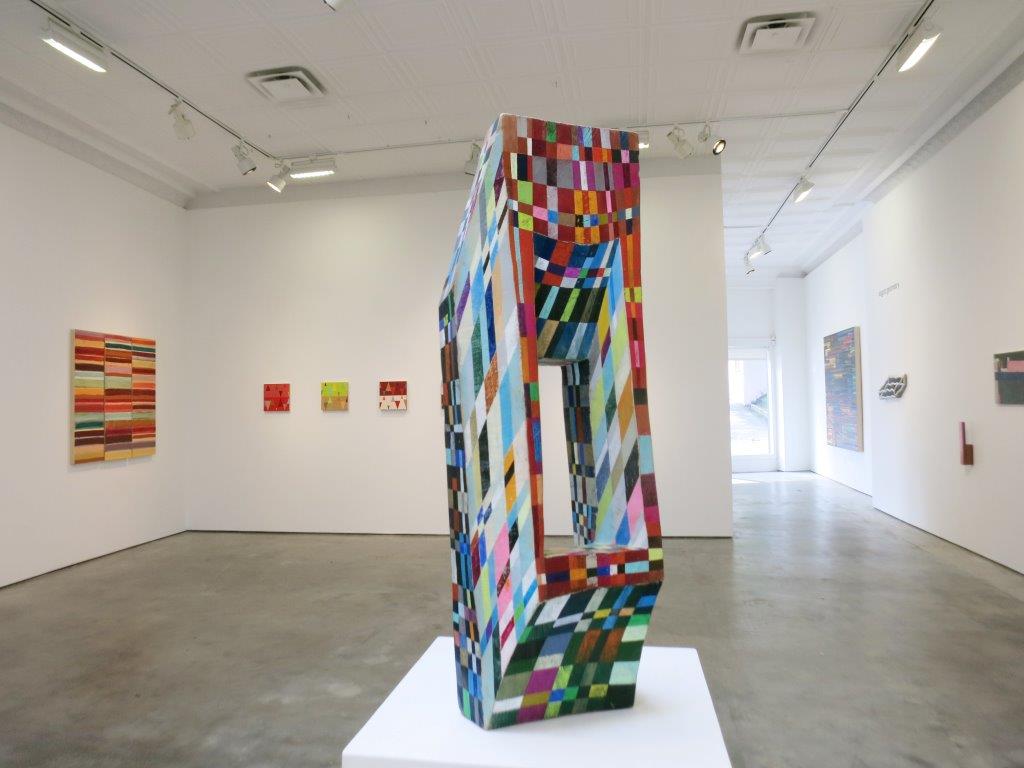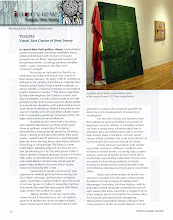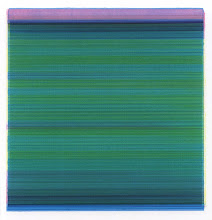.

As of January 1, 2012, the 100-watt bulbs we are familiar with will no longer be sold. Manufacture is slowing down and many stores are just selling out what they have. In coming years, lower wattages will be phased out as well. In their place are more expensive, longer-lasting compact fluorescent lights (CFLs).
Are CFLs the ecological answer?
Hmm. Read about some of the drawbacks here--and that doesn't include the quality of light we need as artists
But I am speaking here as an artist. I am used to living with and working under the warm glow of incandescent. In the studio it's 200-watt bulbs set into bowl reflectors; along with 100-watts for ambient lighting. I use the 100's in my home. In preparation for the ban, I've just bought several hundred 100-watt bulbs. (Yes, I’m hoarding.)
.
It’s important to know that 200-watt bulbs are not being phased out, but they're not being produced in huge quanties; also, specialty bulbs, such as those used in appliances, photography and stage lighting, will not be phased out. At least not for now.
.
I posted a comment on Facebook to see what other artists are doing in the face of the ban and got some interesting responses:
. David Kidd: “One of the problems that I have faced with CFLs is the time required for them to warm up. It seems to take at least thirty minutes to reach a steady color temp. They grow warmer the longer they are left on. This trait may have changed with the newer bulbs. It's been a while since I tried using them.”
. Melissa Potter: “Most lamps with adjustable light output don't work with fluorescent bulbs.” (Kiss your dimmers goodbye.)
. Dawn Korman: “There are new studies showing that the CFLs may be causing migraines, dizziness, and other neurological problems.”
On the positive side, Carol Diehl had this to say: "Compact fluorescents are not like the old fluorescents. You can buy them full-spectrum and whatever else. I am very particular (surprise!) and don't have a problem using them in my house. If they have mercury, think about the fact that one will last forever. She suggested this link from the Mother Nature Network for more positive information.
Maggie Boys agrees with Diehl: "There's huge variety in CFLs--in color characteristics, the time it takes them to warm up, and other qualities. Except for those people who get migraines from the tiny flicker, most issues can be handled by doing some research (i.e., trial and error) into brands and types of CFLs. Definitely stick to highest quality. Sadly, there were some really terrible ones on the market early on that taught us to hate them all."
When I called Just Bulbs, a specialty store here in Manhattan, to ask about comparable light quality in CFLs, one of the staffers—they are all knowledgeable about an astonishing range of light bulbs—said, “CFLs will give you any color temperature you can dream of,” and suggested that we hoarders are just being “old fogies.” OK, maybe he’s correct in his assertion that CFLs can give us the light we need for our homes, but is he thinking about making and viewing artwork? I don’t know. And I suspect that finding the right CFL is something we’d have to do in a specialty store such as Just Bulbs or in the bulb department of a light fixtures store run by a very knowledgeable owner. Otherwise the number of choices is overwhelming and the result may be be less than satisfactory. And apparently the price will give you sticker shock.
.
Other artists are trying types of lighting:
. Rene Lynch: "We use halogen floods. They last a long time and are bright warm, and clear. Balanced with the cool fluorescents, it's close to true daylight."
.
. Sara Mast: "I can't see in my studio with the compact fluorescents (love my incandescents, as you do!), and just the other day spent $60 on three 150-watt Verilux bulbs that are natural spectrum 'designer' bulbs. I may end up trying to buy those in bulk because they are so much better than the CFs."
. Elaine Mari: "I'm going to check out LEDs. They are available in various tints and are a lot less lethal environmentally than compact fluorescents."
Here you see a Kelvin color temperature chart (from Light Energy Source.com).The lower the Kelvin, the warmer the light; the higher, the cooler. In terms of studio lighting, I mentioned that I use 200-watt bults. Matthew Langley does, too, and here's what he says: "I get about 4 -5 months out of them and they cost about $6 each. As a plus the light is 5600K (and in the winter the studio stays warm)."
. Have you made the switch to CFLs in your home?
. Have you switched in your studio?
. Do you like what you see? If so, what’s the brand? (And if not, tell us that brand, too.). Have you experienced some of the physical effects suggested by Dawn?
. What else can you add to the discussion?














































